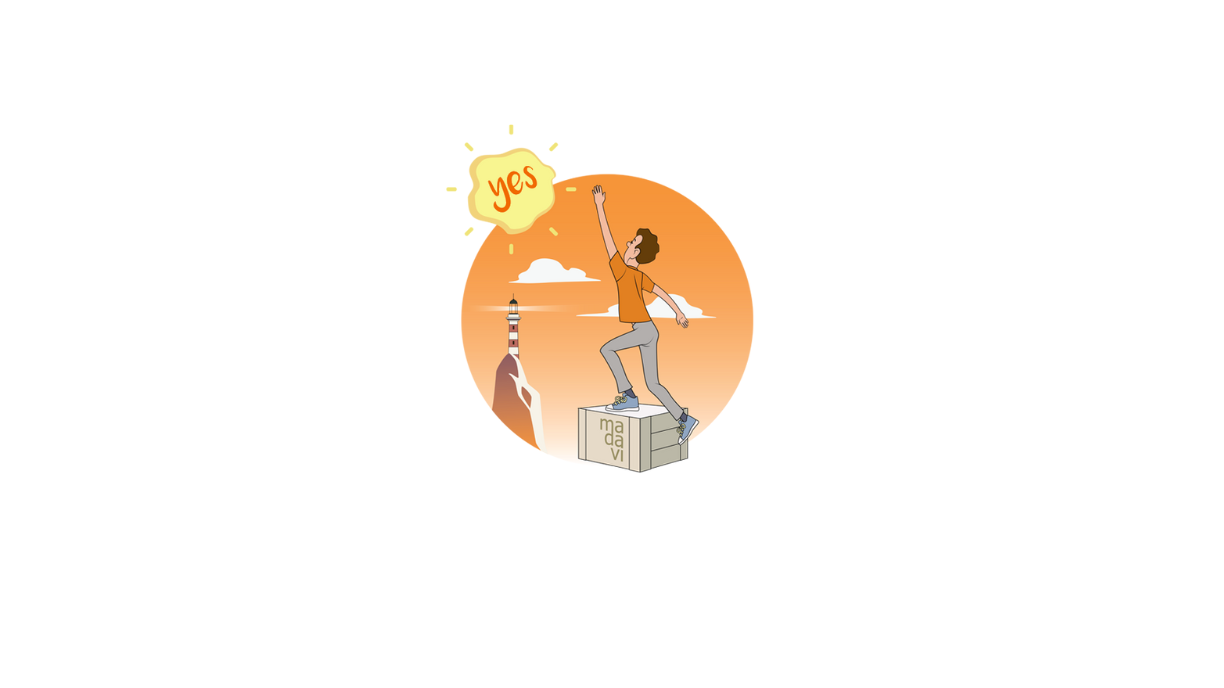What is a positive organization? In this blog, we have spoken about this topic on numerous occasions. A positive organization asks questions about what works well, what gives life and what inspires.
Positive organizations appreciate the best sides of things: the strengths, the resources, the opportunities. They are focused on exploring and discovering through inquiry the moments when best outcomes happen, and on visualizing new potentials and opportunities by bringing collective knowledge together.
They do not see the glass half full or half empty, but rather, they examine what made the water fill the container till it overflowed.
The benefits of exploring strengths
Exploring the strengths of the people in the workplace provides a huge number of benefits: it improves the communication, creativity and commitment of teams, but it also helps in other ways that we tend to think are only relevant on a personal level, such as enthusiasm and love.
When employees are empowered to apply their strengths at work, they feel happier. And it has been shown that this happiness takes the form of passion, well-being, satisfaction and energy.
Individuals who are given the opportunity to play to their strengths also feel more effective, which will encourage commitment and a sense of self-esteem.
As if that weren’t already enough, those strengths relate directly and indirectly to a variety of outcomes that contribute to a company’s bottom line, including goal achievement and overall performance in the job.
The process to apply employees’ strengths effectively in the organization is known as Appreciative Inquiry, and this is the methodology we use at Madavi.
As we mentioned at the start of this article, we have spoken about this topic on many previous occasions in this blog; today we want to introduce a new nuance proposed by the developers of Appreciative Inquiry, David Cooperrider and Lindsey Godwin:
Can we design and work with positive institutions not as clients but as “agents of change” to extend our highest human strengths in the world and use them as a force for world benefit?
Instead of running away from large institutions, “shouldn’t we help them, if our goal is to build a better world in our society through organizations?” – Cooperrider and Godwin ask us.
They define positive institutions as “organizations and structured practices in culture or society that serve to elevate and develop our highest human strengths, combine and magnify those strengths, and refract them outwardly in world-benefiting ways.”
For example, “just as tankers leave big wakes in the ocean, might global capital markets, as an institution, become one of the most positive forces for good on the planet?”
These authors argue that free enterprise, and the innovation and entrepreneurship it triggers and nurtures, is one of the most powerful systems for social cooperation and human progress ever conceived. “But we can and must aspire and aim to reach even higher.”
The challenge of our time is this improvement; to achieve a society that is more humane, just, egalitarian and socially and environmentally responsible.

